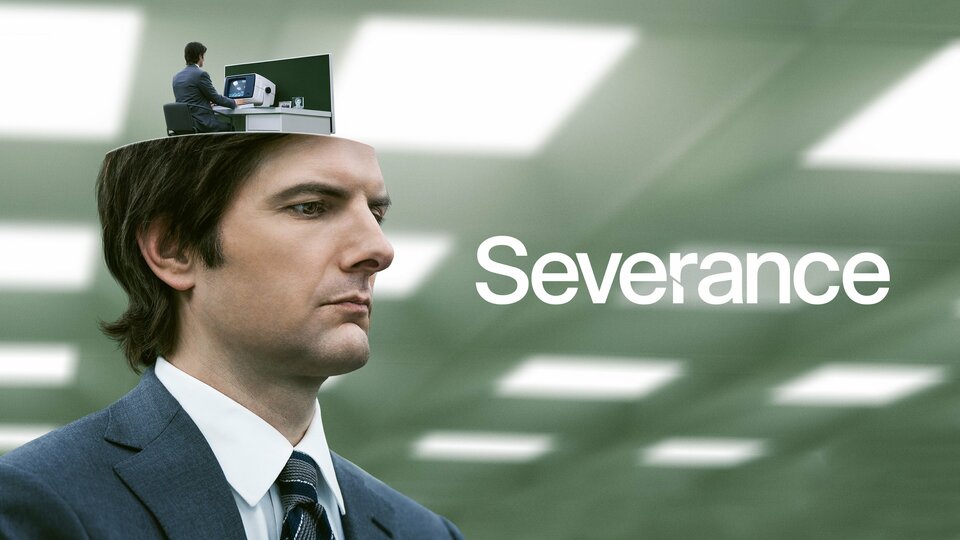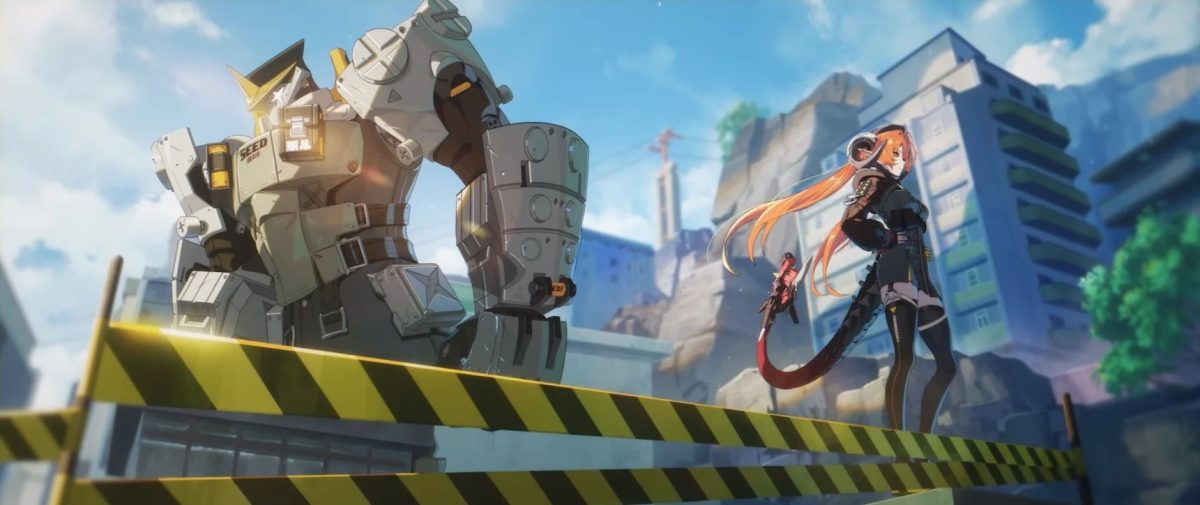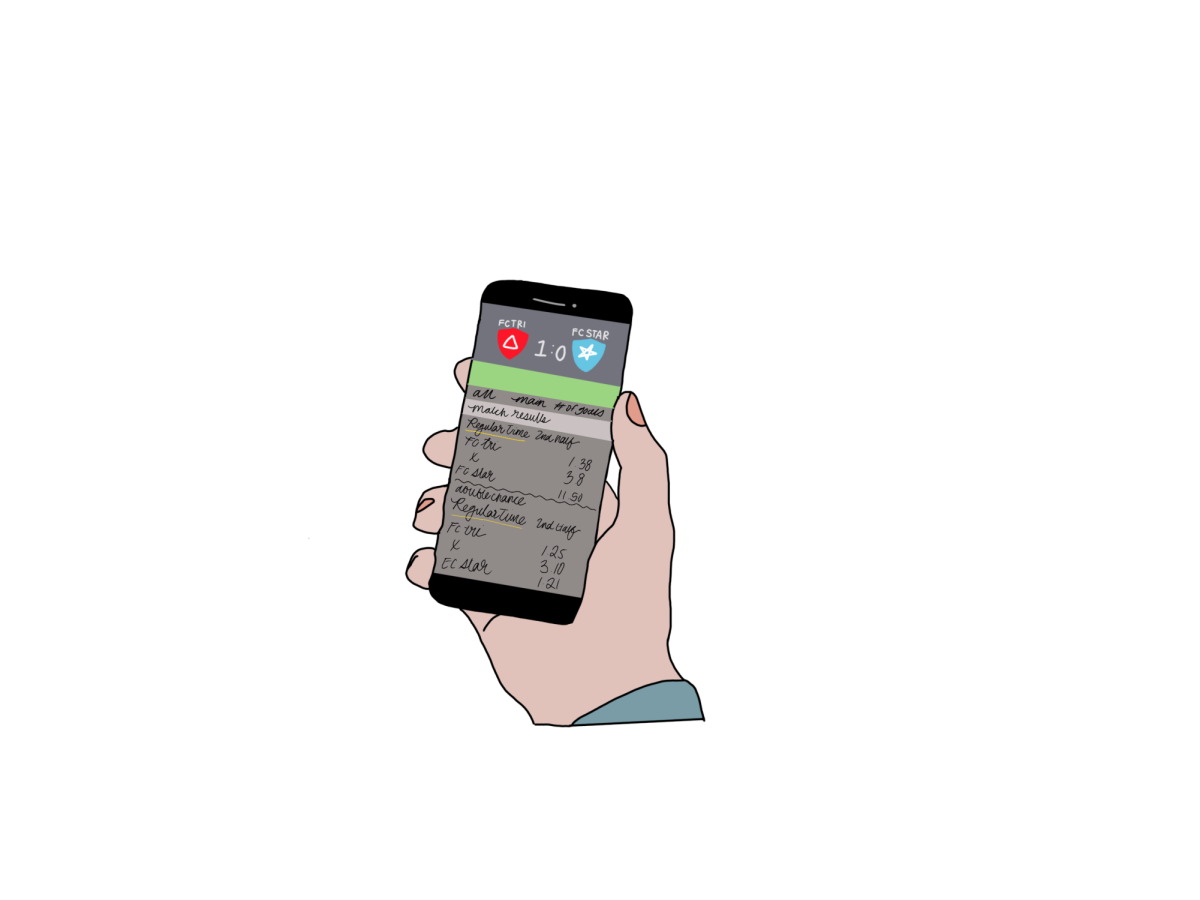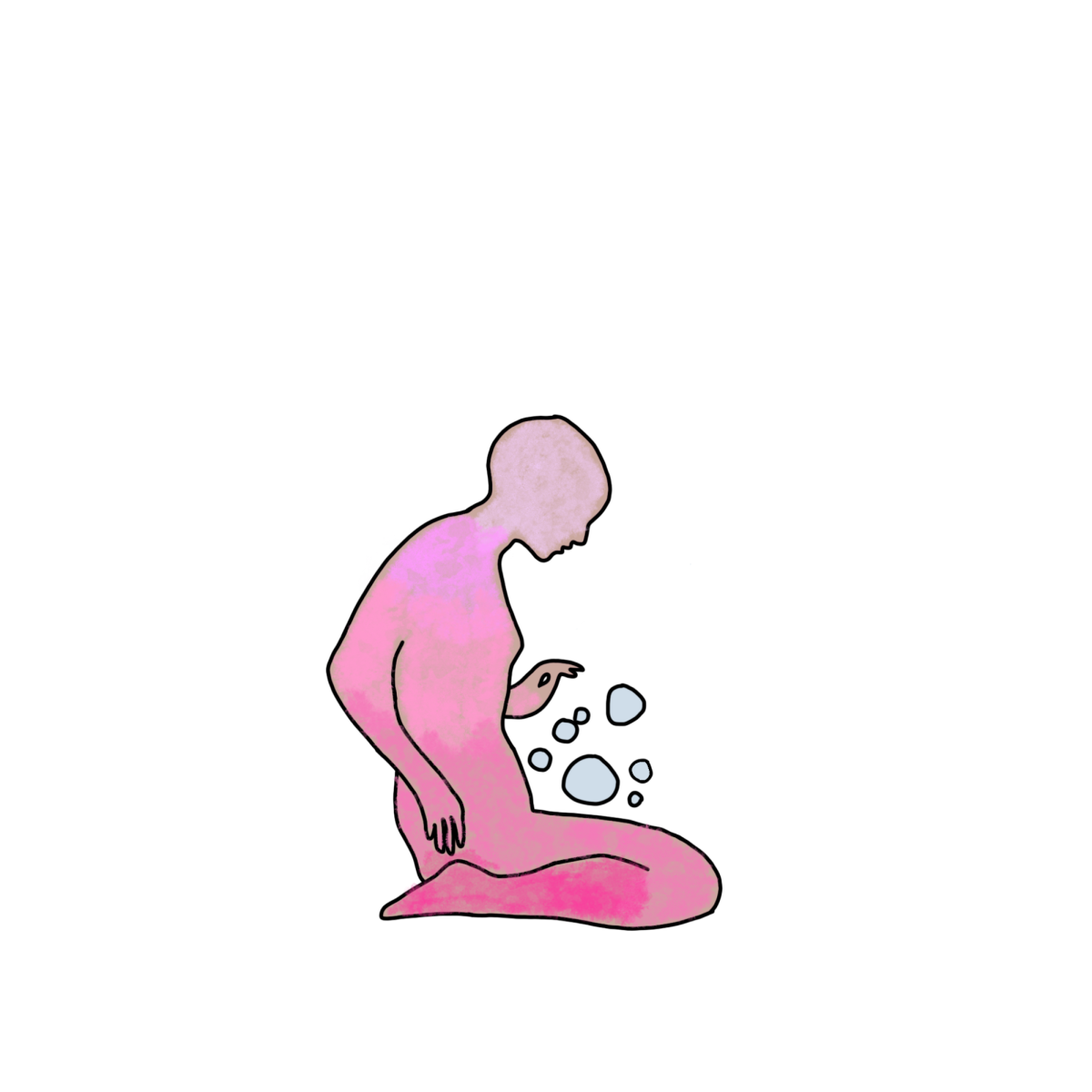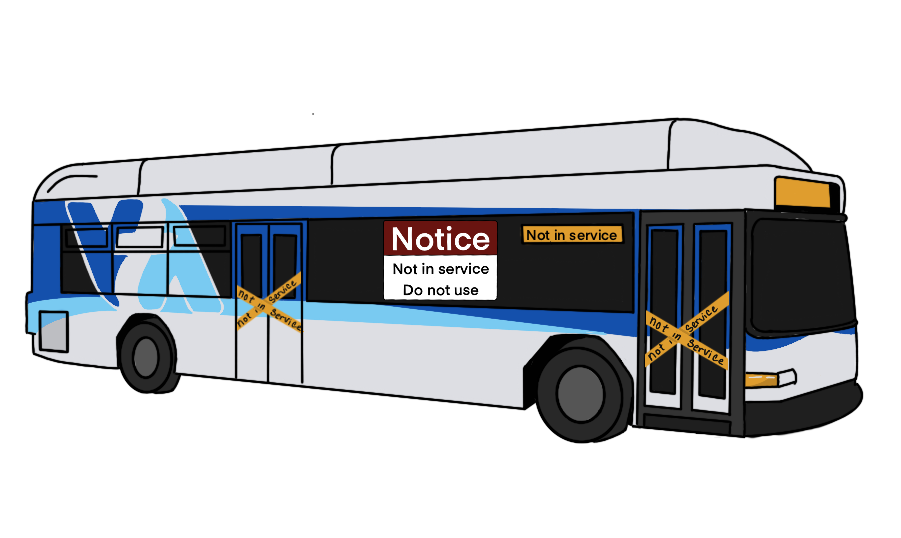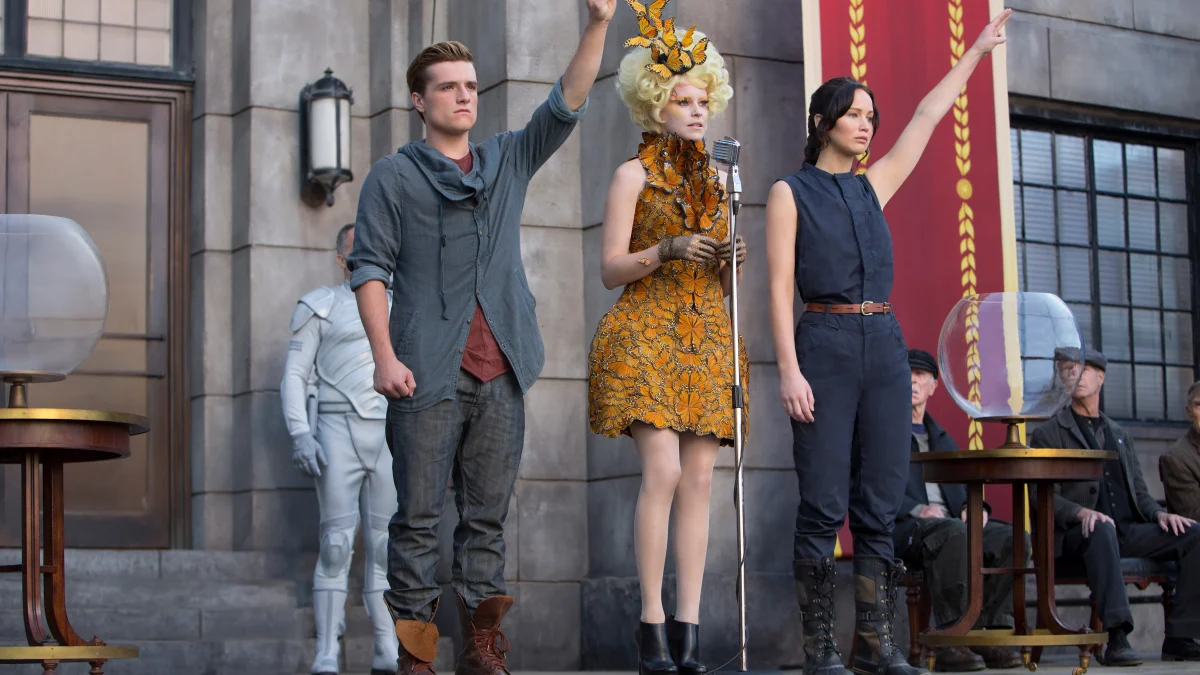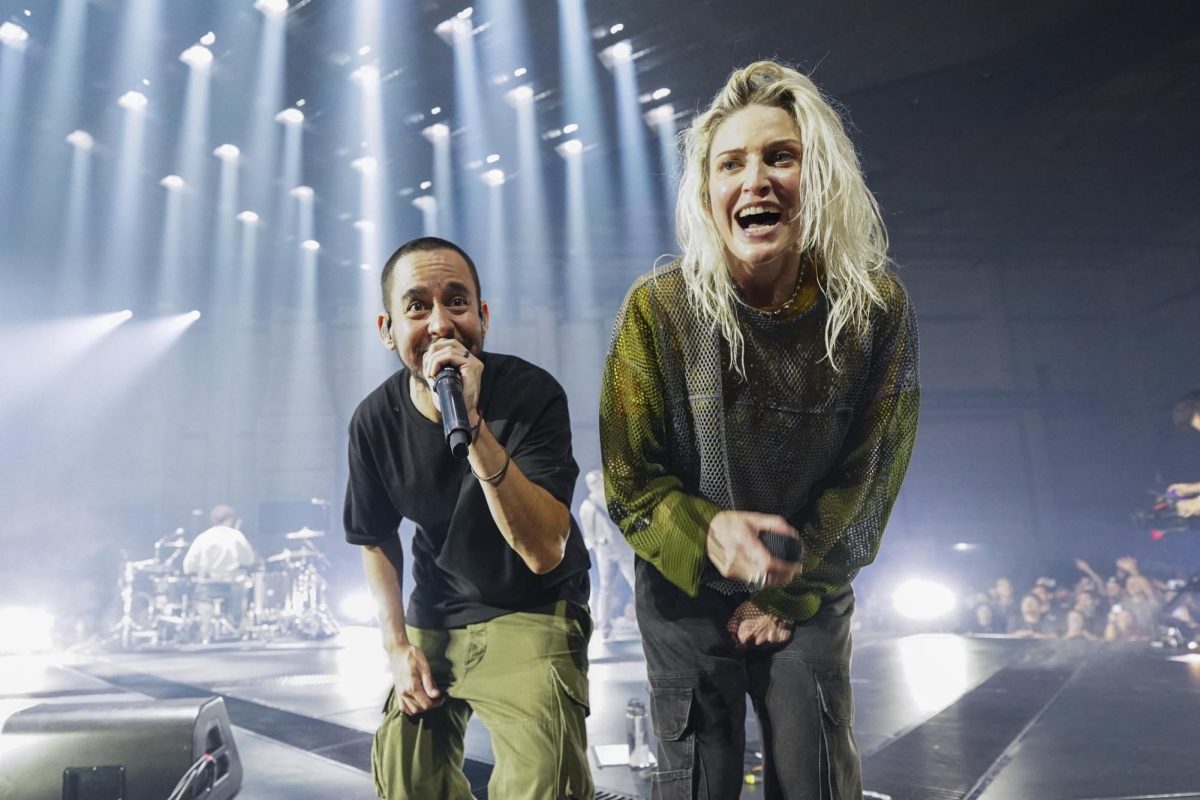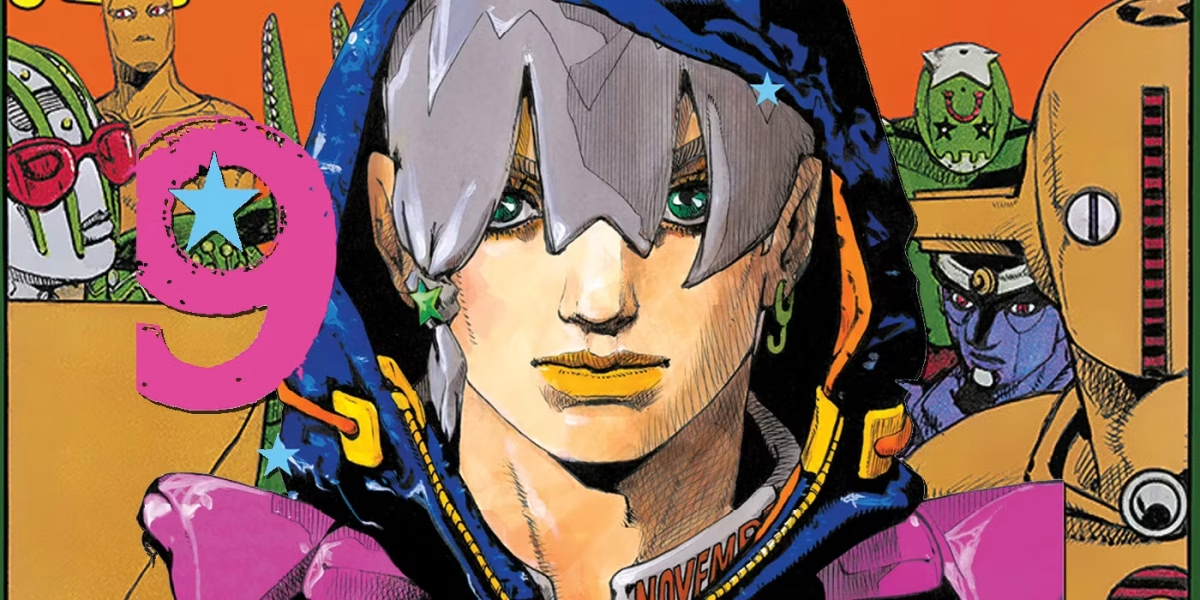The hit Apple TV show returned for a second season this past January, concluding its 10 episode run this past Friday. The long awaited season not only brought back beloved characters, but its niche fanatic fanbase as well. With millions of viewers worldwide, “Severance” fans put their minds together every week, trying to decode Dan Erickson’s complex mind, with their dozens upon thousands of fan theories. Ranging from the plausible, to the downright absurd, theories were born from fans dissecting every frame, line of dialogue and every cryptic Lumon Industries memo in search of hidden meanings. The second season masterfully built upon the foundation laid in its critically acclaimed debut, delving deeper into the mysteries of Cold Harbor while expanding on the personal stakes for Mark, Helly, Irving and Dylan.
One of the season’s biggest strengths was its ability to balance eerie corporate satire with deeply emotional storytelling. From the Severance Main Theme to the show’s meticulous production design, every element worked in harmony to reinforce its unsettling, yet deeply human core. Ben Stiller’s direction remained as precise as ever, capturing the sterile, oppressive atmosphere of Lumon while contrasting it with fleeting moments of humanity its employees manage to grasp. Visually, “Severance” maintained its distinct aesthetic—cold, symmetrical hallways, stark fluorescent lighting, and the unsettlingly retro-futuristic design of Lumon Industries’ offices all worked to evoke a world that felt both timeless and inescapable. Every choice, from the placement of a desk to the color of an office chair, contributed to the feeling that something was just off, mirroring the quiet dread that lingered throughout the season.
Adam Scott delivered another standout performance as Mark, navigating the growing tensions between his innie and outie selves, while Britt Lower’s chilling portrayal of Helly R./Helena Eagan continued to unnerve audiences. Yet, beneath its chilling corporate veneer, the second season deepened the emotional weight of its characters’ struggles. Mark’s fractured existence, torn between his innie’s desire for freedom and his outie’s grief, made for some of the most gut-wrenching moments of the season. Helly’s arc, still shadowed by the shocking revelations of season one, took even darker turns, while Irving and Dylan were forced to confront the limitations of their severed realities in devastating ways.
But beyond the stellar performances and striking visual design, the real magic of “Severance” lies in its ability to keep audiences engaged long after the credits roll. The season finale, field with shocking revelations and an agonizing cliffhanger, has left fans clamoring for more, debating everything from the true nature of Kier Eagan’s influence to the implications of severance. The seamless interplay between the show’s dystopian critique and its raw, human storytelling that has solidified “Severance” as one of the most compelling shows on television. Dan Erickson and the creative team have seemingly only begun to peel back the layers of Lumon’s secrets, and if the second season has proved anything, it is that “Severance” is not simply just a show, it is an obsession, one that fans will be dissecting until season three arrives.


